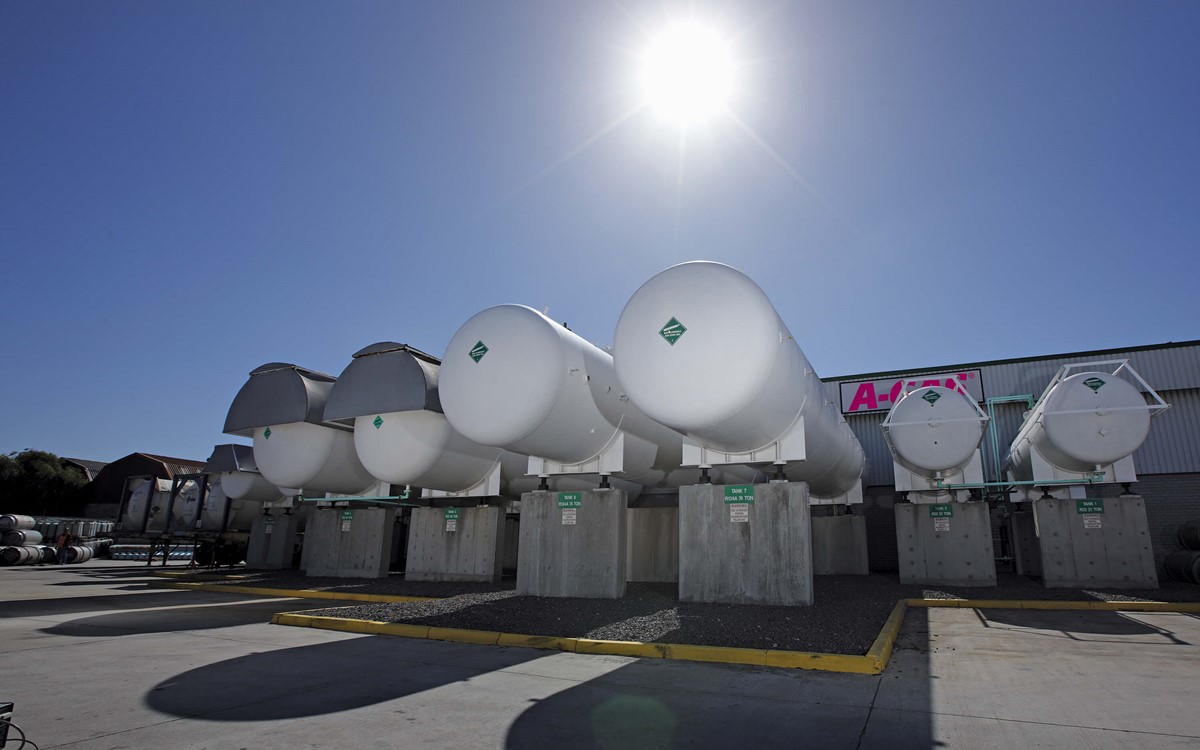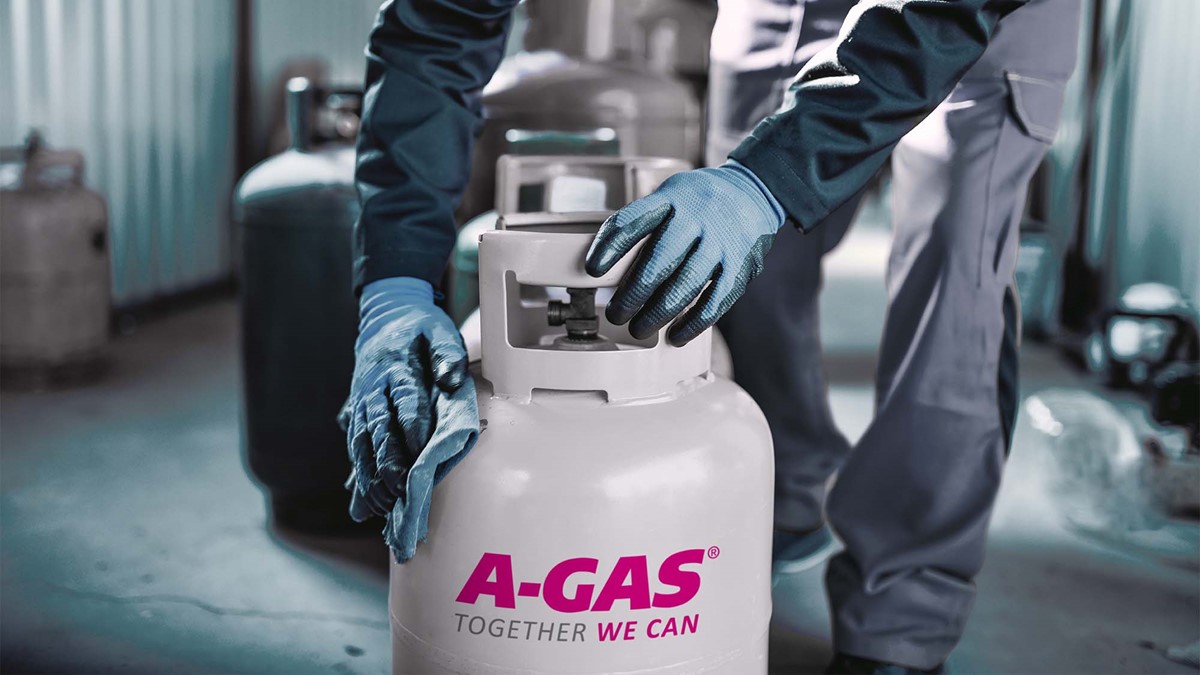Operational Properties: Why They Are Key
A-Gas Managing Director John Ormerod explains how an engineer can be faced with a series of problems beyond the challenge of lowering GWP when changing a refrigerant in a system.

The refrigerant is the main working fluid of any cooling system and most equipment is designed around specific refrigerants. Everything relating to this, including the pressures and temperatures the equipment operates at, is connected and this introduces the concept of volumetric capacity.
A compressor is no more than a pump which moves a particular volume of refrigerant through it. Different refrigerants have different properties and if you are moving a constant volume of gas, you may be operating at a different cooling or heating capacity as a result.
Volumetric capacity is a key issue for the engineer if they are considering changing refrigerants. Take for example R404A. If the compressor has been designed around R404A and the engineer wants to switch to a lower GWP, the most important aspect of the job to think about is the replacement gas. So, the engineer will be looking for a similar volumetric capacity as R404A.
The principal question behind this is will it do the same cooling job as R404A? A close match on volumetric capacity is at least halfway to solving the problems facing the engineer but it is not the only challenges that have to be dealt with. Compressor pressures and system temperatures will also have a considerable impact on how the system operates. This means, and it’s been said many times before, there really is no such thing as a drop-in refrigerant.
Refrigerant manufacturers go out of their way to try and match new refrigerant properties with legacy refrigerants. It’s a difficult task and they can get close, but the new gas won’t be absolutely identical. If you are changing a refrigerant on a system, I would urge the engineer to engage with their refrigerant supplier. There are likely to be various software models available to allow the engineer to find the best match for the application in question.
This will cover everything from the volumetric capacity to overall system efficiency, temperatures and pressures involved. With the growing focus on reducing carbon footprints, it’s one thing to change to a lower GWP alternative, but it’s another to factor in energy consumption. The latter is critical in determining the carbon footprint of a typical air conditioning or refrigeration system.
Bear in mind that the GWP can only be considered if the system leaks. The largest effect on the environment comes from the amount of energy consumed. Does one refrigerant use less power for the same duty? Is it more efficient in this respect? These aspects are key to understanding the whole picture.
Natural refrigerants can bring further complications. Although naturals have lower global warming potential than HFCs, it does not necessarily mean that they will be a more efficient refrigerant in a particular application. This needs to be modelled on the demands of a specific system.
Naturals can also bring into play safety concerns. The likes of propane or propylene have flammability issues which you don’t have with typical HFC refrigerants. There can be toxicity issues with carbon dioxide and ammonia. For example, from an energy perspective in a warm climate carbon dioxide can be a very inefficient gas because it needs far more power than an equivalent HFC system.
In the case of chillers, my recommendation would always be to take the advice of the manufacturer. The chiller manufacturer will be able to give very specific guidance on how the system will react with individual refrigerants. As a chiller is a self-contained system, the manufacturer will have a very good idea and be able to give very accurate advice on what will happen if you change the refrigerant.
The operational properties of gases relating to heat pumps is an area where the spotlight will only grow larger. The operational properties of the gas are critical here, as they define the types of heat pump system to be used in a specific application. With monobloc heat pump systems the key parts are outside the building and in this instance flammable refrigerants are an option because risk is lower.
But if the refrigerant circuit enters the building itself, the flammability of the refrigerant is a key property that needs to be understood. Consult the heat pump manufacturer and don’t paddle your own canoe on this one. They will have a good idea about what works for their systems and equally importantly what is safe.
An important issue around heat pumps and the operational properties of gases is the heat aspect. For example, how hot you can warm the water in the house? Natural gas water temperatures operate significantly higher than they do for heat pumps but depending on the gas used in the heat pump you can vary the temperature of the water too.
Major change is happening in our industry in how jobs are defined. Heating and plumbing are converging as new green technologies like heat pumps grow in popularity. Skill crossovers are happening more and more. Care must be taken to ensure that the right people – and rightly qualified people – are doing the job in hand.
As a rule of thumb, if you have concerns about operational properties make your refrigerant supplier your first port of call. Talk to them about the issues you have. They will have detailed information on refrigerants and how they will operate. With those big jobs involving chillers engage with the manufacturer too – they will also have the insight needed to steer you in the right direction.
